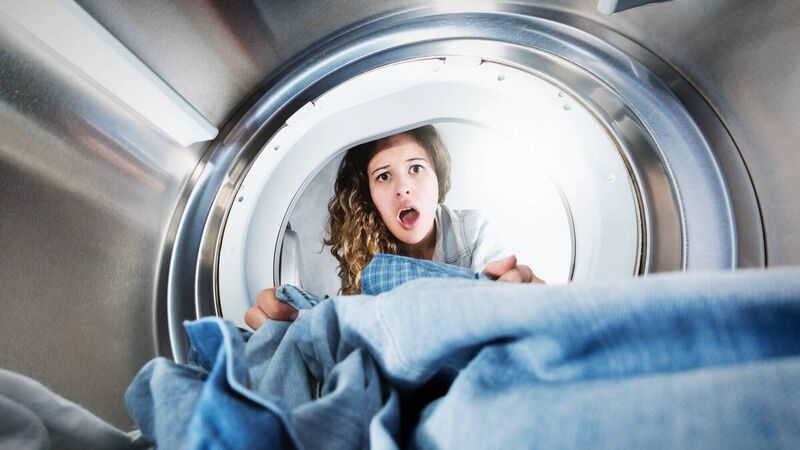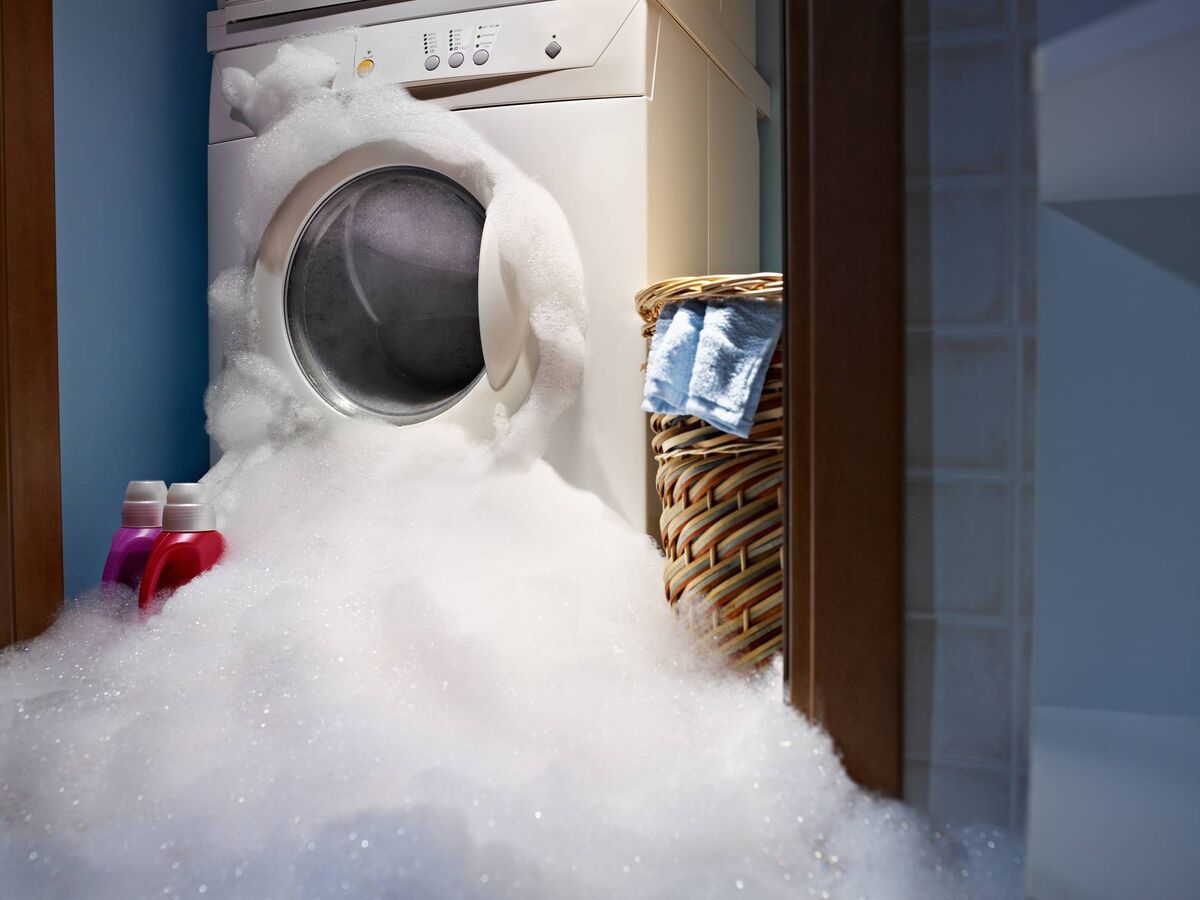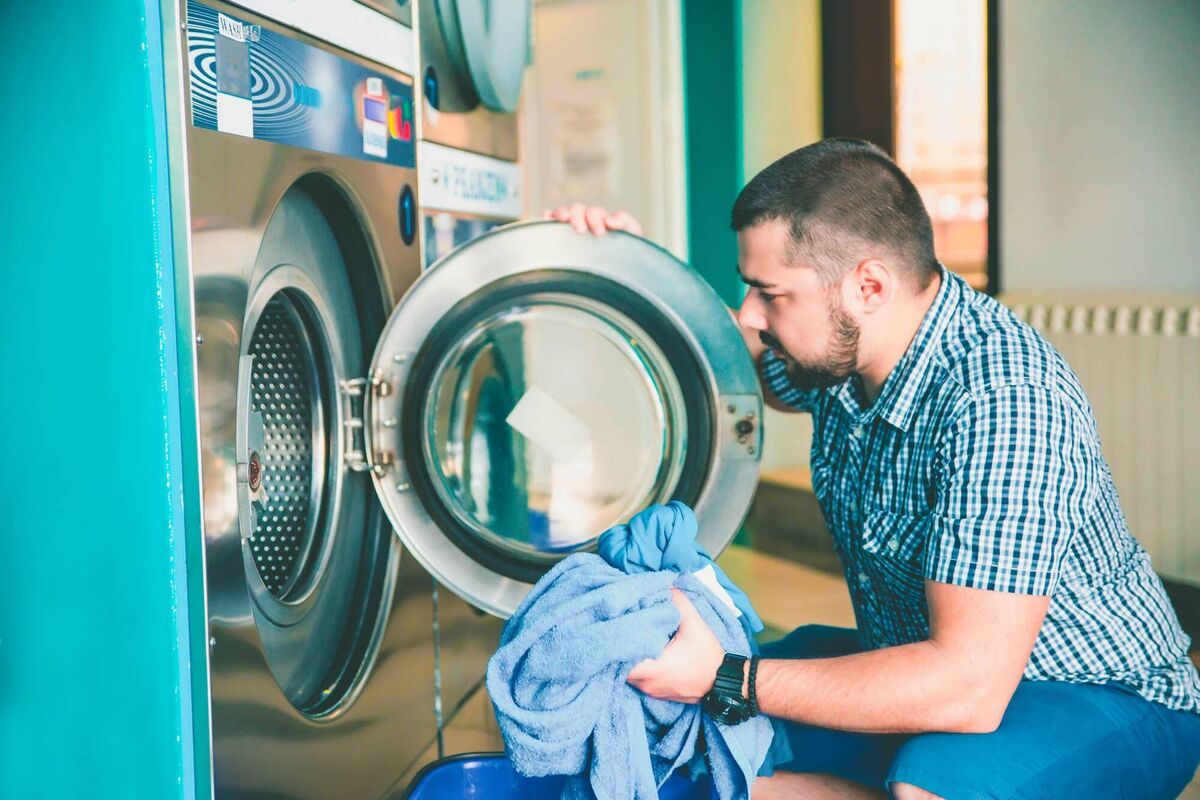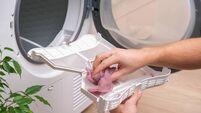Home Q&A: Should I repair or replace my washing machine?

Often, odd noises together with an imperfectly washed load will be the first indications of trouble with your washing machine. Picture: iStock
We're going to take a deep, unsettling dive into appliance replacement in the coming weeks, starting with the old kilowatt guzzlers routinely chewing on your clothes back the in the utility room.
Now, the replacement of any domestic machine, though a great opportunity to increase energy efficiency, is not something to take lightly, as we are inevitably throwing at least some of the parts of the appliance back into the waste stream, and let’s face it, appliances are a pretty hair-raising expense.
Things made up of mixed materials are difficult to gut and reconfigure — so we have to take the right step for the capital outlay and the good of the planet. If you know what’s wrong (and a little trip by fingertip on the 'net is a useful start) it’s relatively easy to get an idea of what the cost of repair is going to be.
Is it cost-optimal? If the repair is approaching the price tag of replacement, it’s time to weigh up the benefits of getting rid. This is especially true with dryers, which can demand as much as 5kWh a load, potentially more in some ancient AEG or Whirlpool.
There are no prizes for keeping a washer or dryer for 10-plus years. Chances are they are rock bottom in terms of kW efficiency. If the cost of repair is likely to be under 50% of the price of the washer you would buy (be honest), then it’s worth considering a repair. It’s fair to call and ask your technician roughly what you might be facing before he sweeps up the drive to rescue you.
CLIMATE & SUSTAINABILITY HUB
So, starting with the washing machine, what signs are there to prompt change? If you’re experiencing something mystifying, look up the model and serial number of your machine (inside the door or on the back of the machine) and investigate first that it’s not on a recall list.

Since 2019, 500,000 Whirlpool machines were recalled across the UK and Ireland — so, yes, some are bound to still be out there. Let’s ensure we don’t have a bomb in the kitchen; check out the Competition and Consumer Protection Commission.
Next up, there’s the delightful walking washer. We had one of these rambling types. It would trot gamely across the back door on the spin cycle, firmly locking us out.
If the machine is moving, and it’s not simply a heavy, sodden, tangled ballast walloping away in a spin cycle — the machine is unbalanced. This could be a matter of simply fiddling with the feet or adding rubber shims to get them level, or it could be that the shock absorbers are failing. Level it up with a spirit level, front to back. When you wash, try to put together similarly weighted fabrics to prevent a simple unbalanced load.
Repairs for machines over six years old tend to be major engineering trouble and these can be expensive when spun up with the call-out. Thumps, grinding, water in the drum, water not sufficiently filling the drum, odd pauses or full stops during cycle transitions, and repeated code errors — can be signs of a mortal wound.
Don’t expect a technician to fuel the van and take the machine to task for less than €50 — it’s a skilled job and they now must be software savvy on top of getting up to the elbows in the mechanics of the units to investigate pressure systems and motor issues. Only a pro can separate a deviant sensor from a serious mechanical issue.
Sometimes users compromise on a faulty machine, by running smaller loads, and see the issue as resolved. Taking the stress off bearings and damaged elements of the machine, this is only a short-term solution.
Next up: Leaks. With a big, sloppy, ankle-deep leak tickling the laminate, you should look up your insurance policy under “escape of water” rather than “flood” as it started from inside not outside the house. Otherwise, don’t call the engineer before you have checked the intake and outtake water connections of the machine (for bends, clogs and breaks) and the coin-trap (that’s often a tiny door at the base of the machine with a screw-style little cap).
The coin trap is a pump filter and it’s an easy thing to put right. Put a shallow tray on an old towel before you start under the trap, as there is often a good bit of water to release from the hoses here. Behind this mysterious portal, you will find a tangle of hairclips and coinage, famous for interfering with the drainage of the machine too.
Fidget it out, run the machine and see if that is where the issue is. If there’s a deluge on the floor — chances, are you will be going for a replacement; look up the troubleshooting PDF details for your machine and proceed from there.
Unexplained stains on your garments? If you cannot find a simple material blockage in a house, the machine drum is probably filthy on the invisible backside and around the seals of the door.

If you’re really unlucky, something is gripped between the inside and outside wall of the drum and has punched a larger hole in it, allowing the grot to sieve in there and decorate your clothes. Now you can run a commercial washing tablet through the machine or a cup of vinegar in a dedicated run, but whatever you do, look out for continuing rust stains.
No super-cleaning, wonder tablet will fix rust. It’s the old heave-ho, and next time you buy, ensure you prop the door open to air your machine regularly and don’t leave 10kg of wet washing sulking in there for days.
You can expect your new washer to last around 7-13 years and some topflight brands will stand over their machines for a full decade (parts and labour). Then there’s the magic of the extended warranty from your supplier (not something I’m particularly enthusiastic about as they can add hundreds to a basic buy).
There’s a lot to look forward to in a new machine. You can look up the running costs per cycle to make your decision with the new re-calibrated EU Energy Label detailing water and kWh usage and buy into features like brushless motors that will last longer with fewer issues to dampen your spirits going forward. I found the basic addition of a pause button allowing me to throw in that second sock or vital teenage garment on Friday afternoon, all but life-changing.
Waste Electrical and Electronic Equipment (WEEE), is a dedicated waste recycling initiative, founded in 2005. Their everyday work involves pointing our wiry old rubbish to local authority recycling centres and participating WEEE retailers. Your old washing machine will be accepted and disposed of by your supplier, and the WEEE rebate will be taken off your new buy.
- Got a question for our Home team? Email home@examiner.ie













